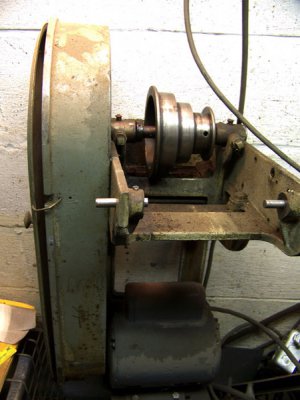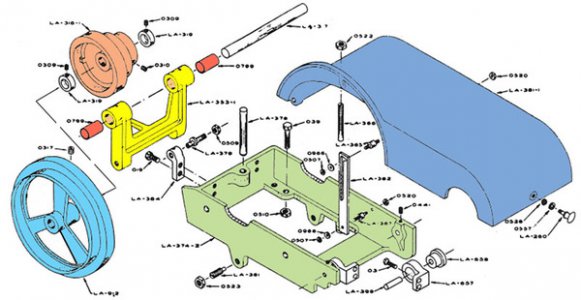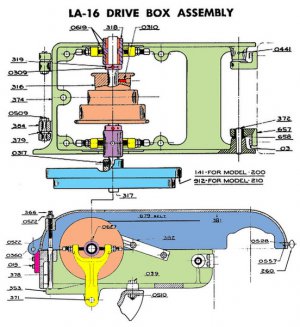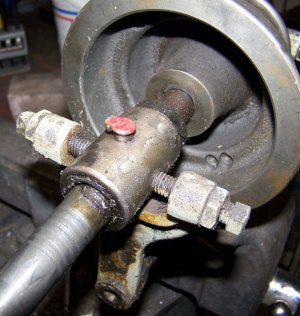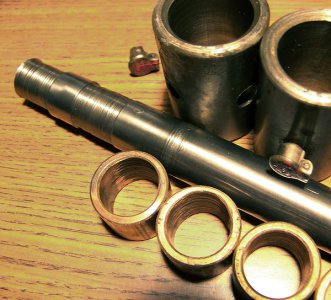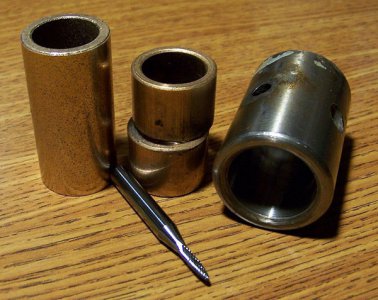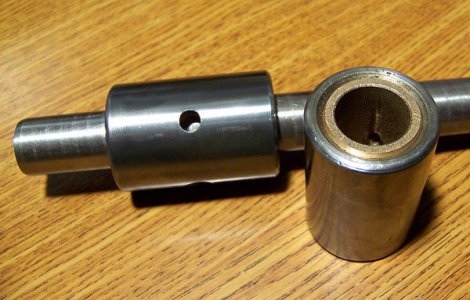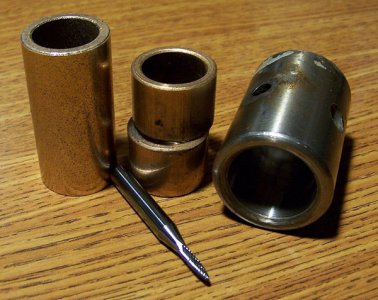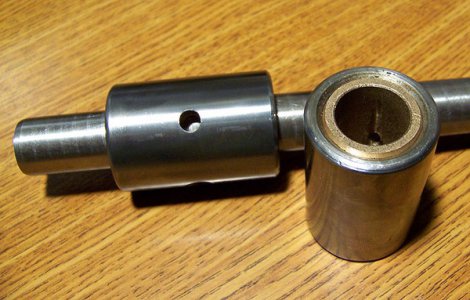Hey;
The last of the major assemblies to be disassembled was the primary drive unit. The drive on these lathes is at once quaint and ingenious. Isolation of vibration seems to have been the overriding goal, which is likely a good idea given the slight overall mass of the machine. These drive units are generally fairly robust and highly functional. However, my own experience, and watching other people's projects, has shown the main drive shaft to be particularly prone to excessive wear in the bushings as well as the shaft itself.
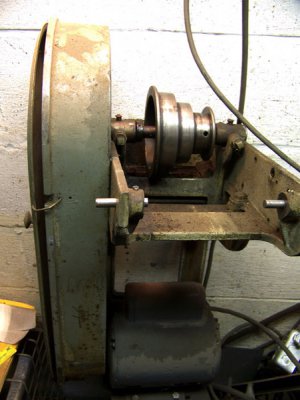
Once again, mine is an early example of the Logan branded 200 model, and there are some distinct differences here in the primary drive assembly compared to the later machines. Mainly they have to do with the primary shaft and how it is carried.
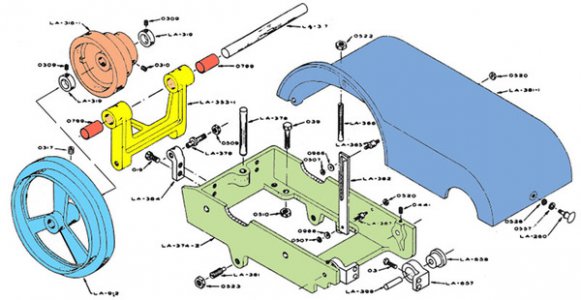
This diagram of the later version shows a simplified mechanism. The weight of the main cover rests on a rod that presses against a boss on the (yellow) counter shaft bracket, which tensions the flat drive belt. Simple and effective. They use two Oilite bushings on the shaft.
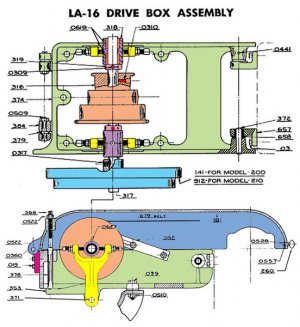
This schematic shows a far more complex system on the earlier versions of this lathe. The shaft is carried in two separate housings containing two bushings each. These housing are held in place by opposing jamb-nutted bolts, as shown below.
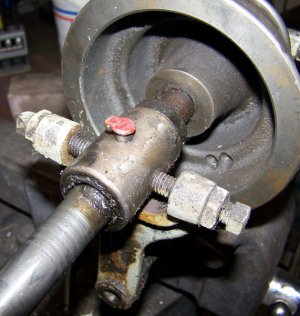
It is possible to see both potentially good and bad points in either design. The later version in certainly simpler, and therefore less expensive to produce. With the later version, you lose the ability to adjust the attitude of the primary cone pulley relative to its mate on the spindle. Whether this ability to tune the belt for drive accuracy is an advantage is a debatable point. So too is the fact that the early bushing arrangement seems to be prone to severe wear. Did the later single bushing version represent an improvement in that regard? Was it more stable and less prone to misalignment of the bushing holders? I'm uncertain about the answer to that, but it is interesting to speculate on what the reasons for the changes might have been.
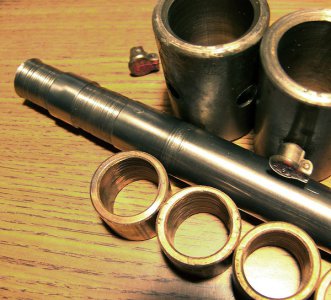
One thing is for certain. It would seem that painting the oil caps red did not produce the desired effect. These things don't get oiled very often on many machines. With .025" wear on the thrust side of the bushings at the cone end, and upwards of .100" on the shaft, things were pretty rangy back there. In sizing up this repair, I am contemplating a bit of a hybrid approach, using a new shaft, the original bushing holders, but a solid one piece drilled and slotted bushing instead of the split arrangement. It seems that more bearing area might be beneficial, especially on the heavily worn cone end.
More to come...
